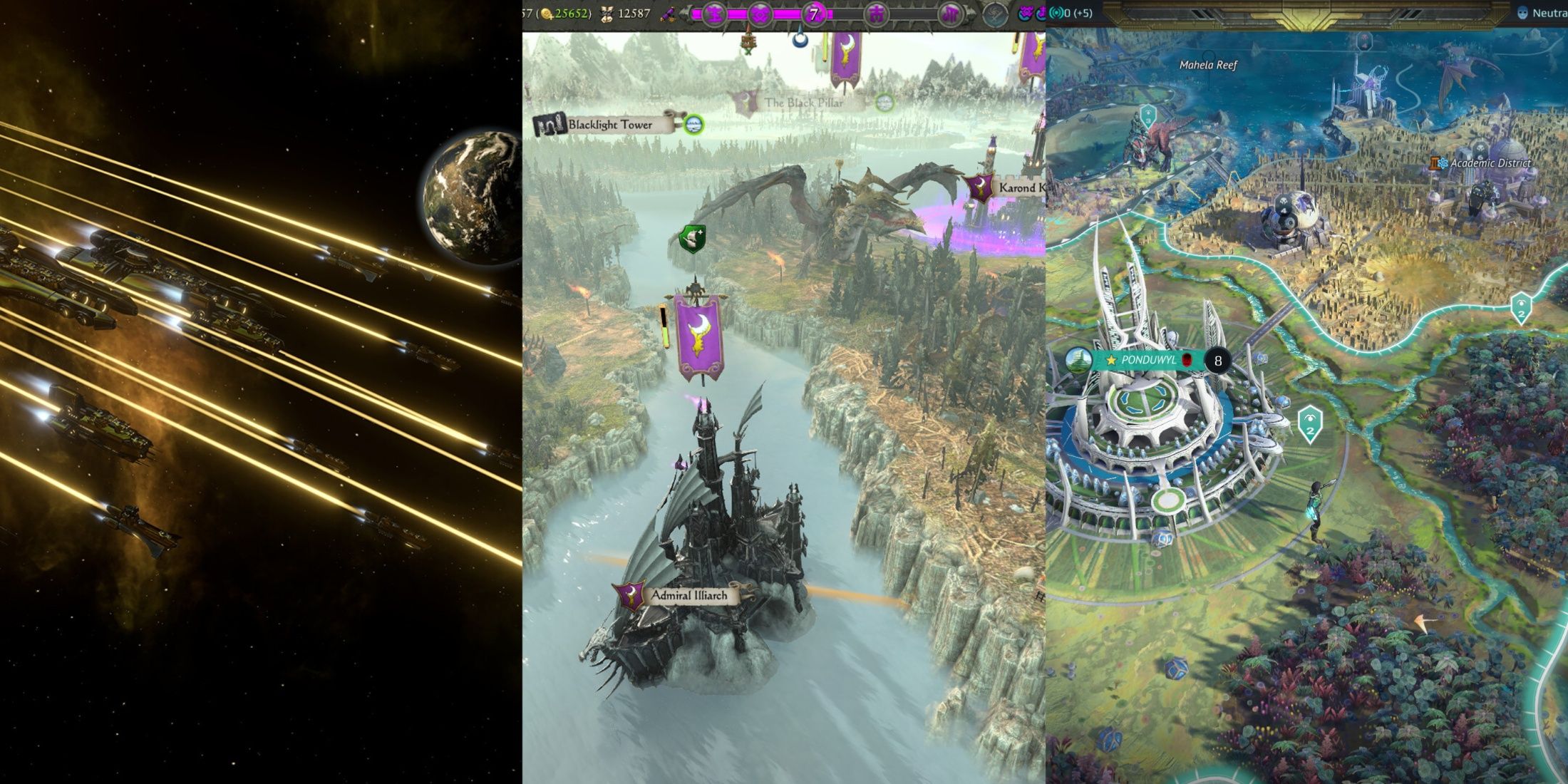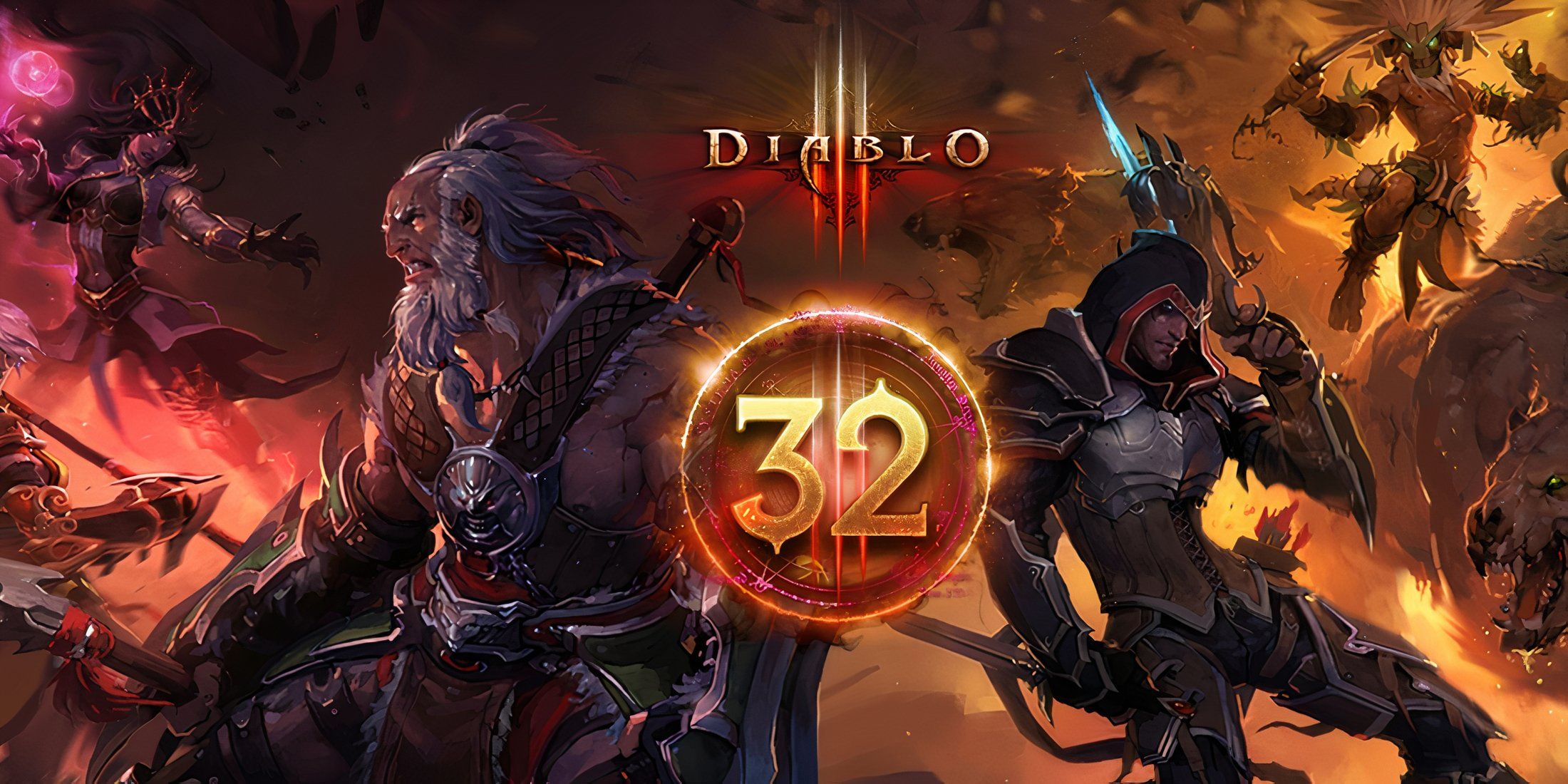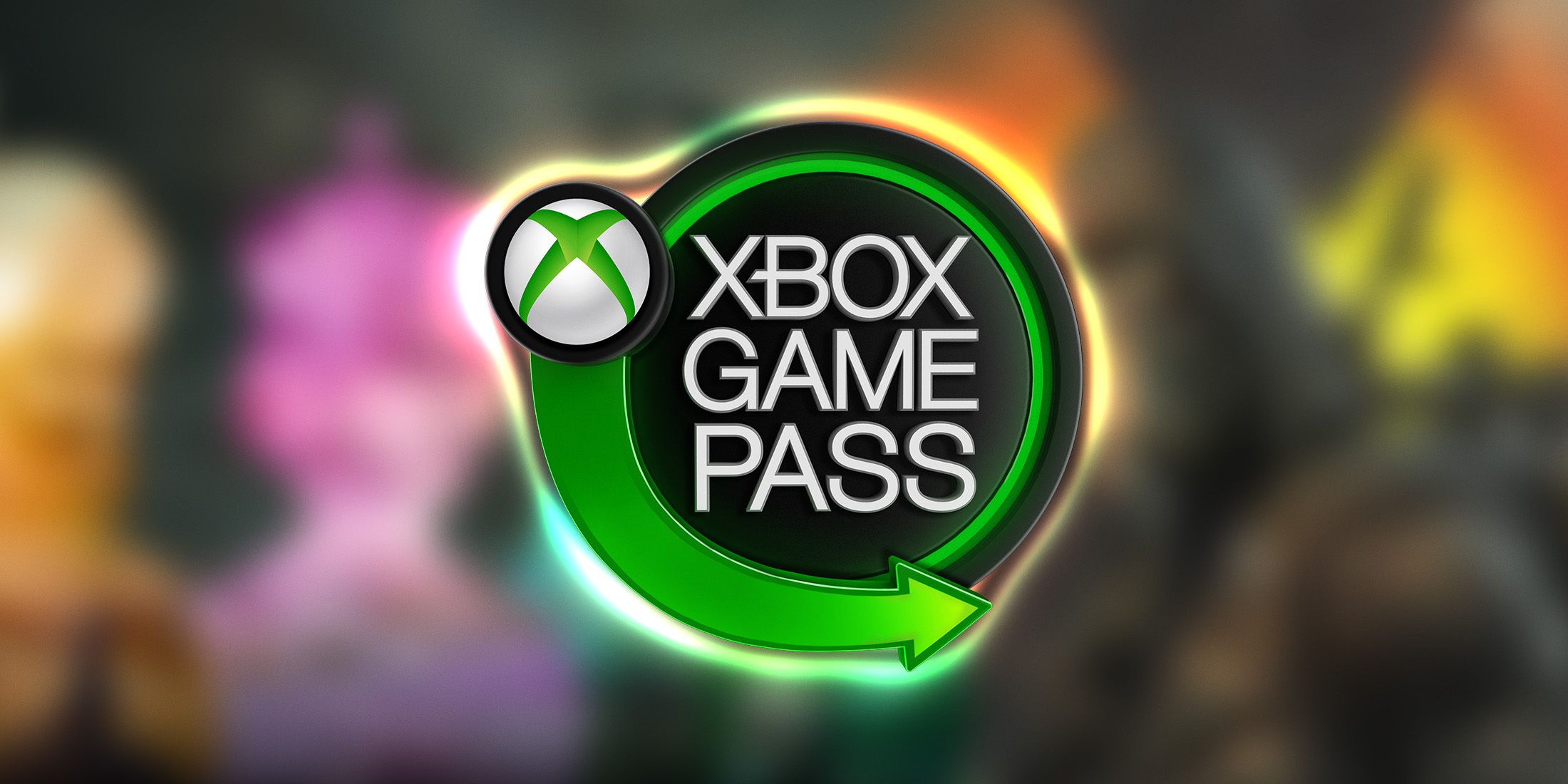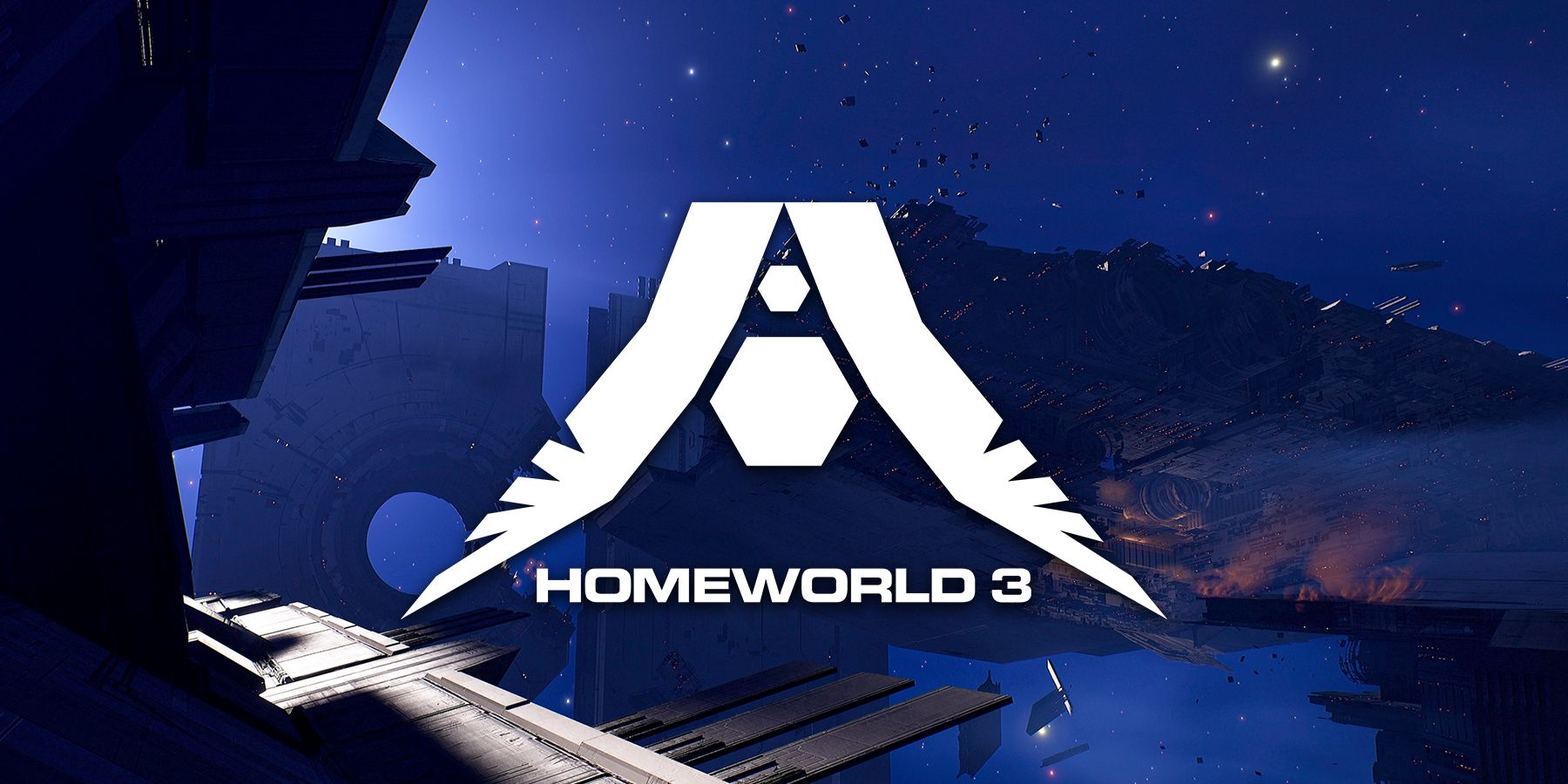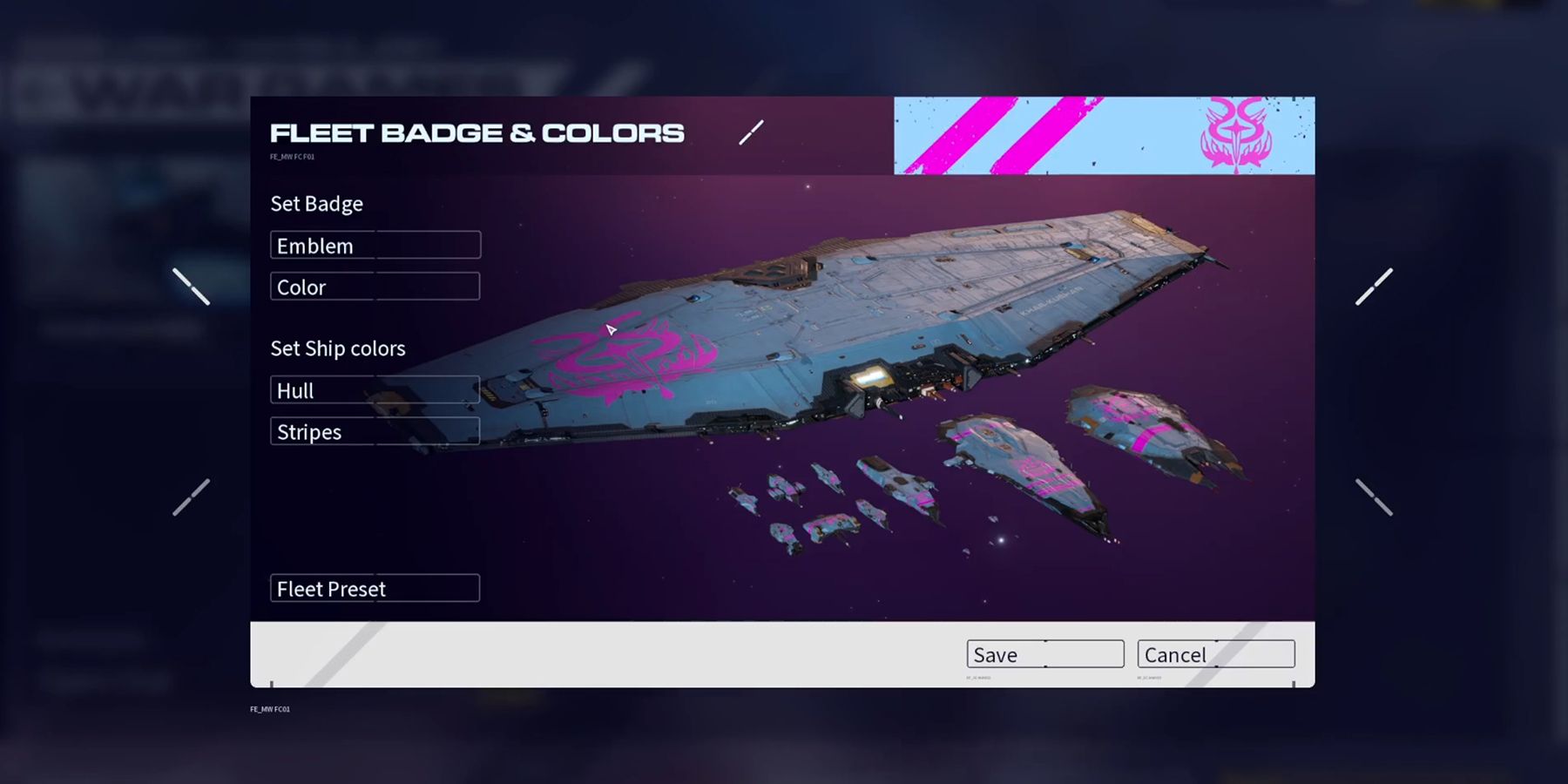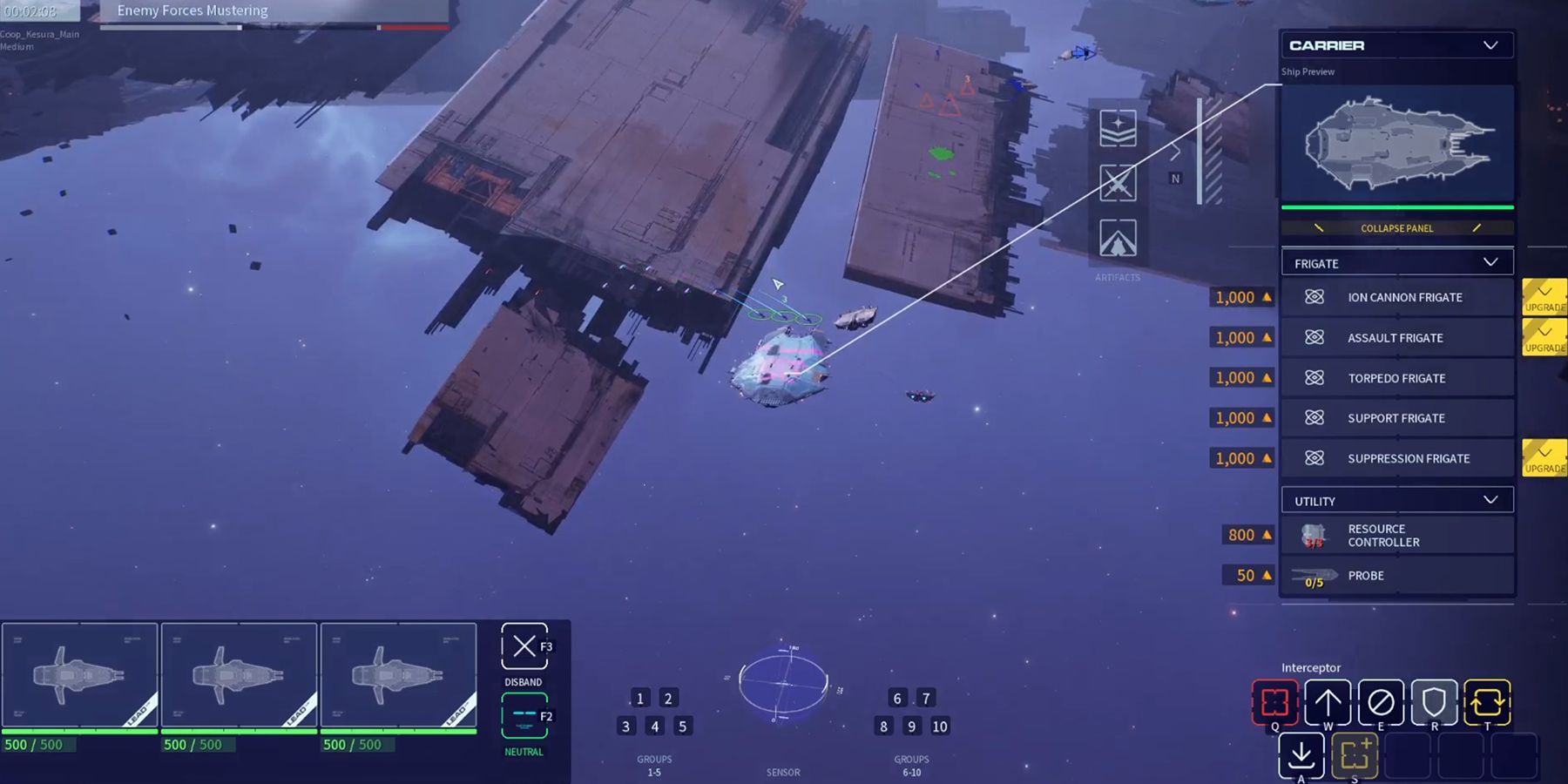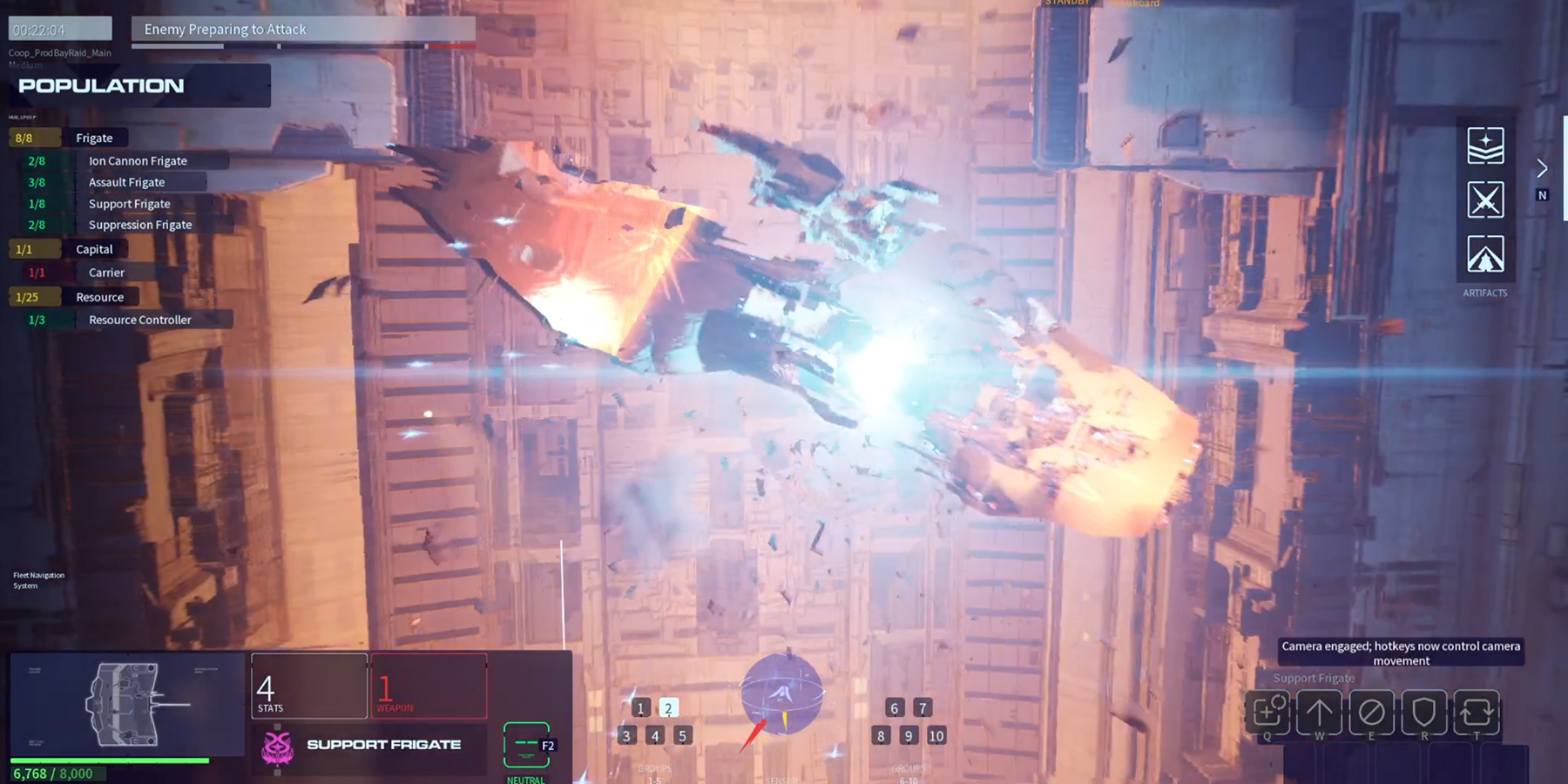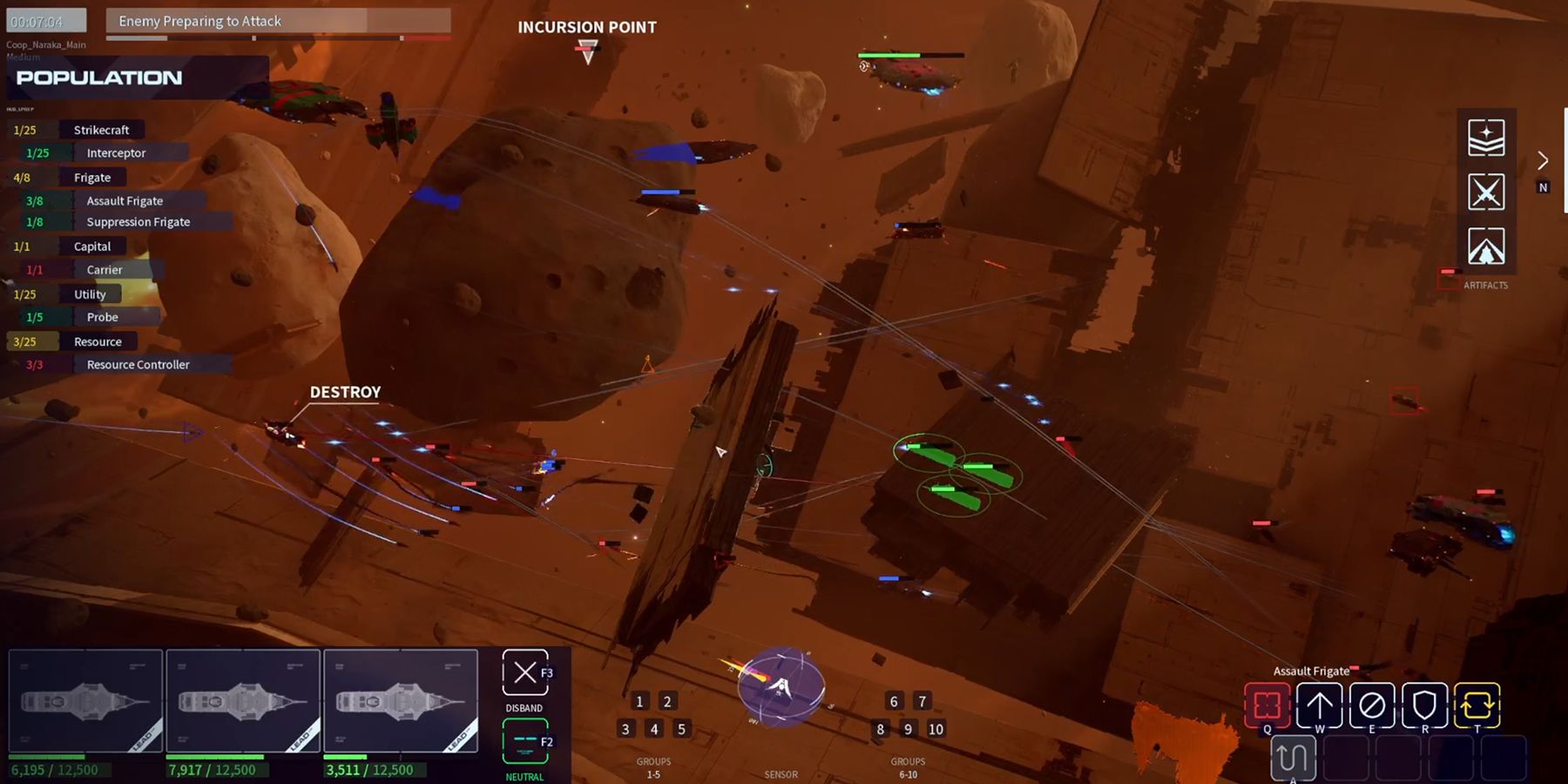It's immediately apparent that Homeworld 3's developers at Blackbird Interactive have taken great care in ensuring that the latest entry in the series lives up to the legendary Homeworld name, and based on Game ZXC's hands-on preview, the team has largely succeeded in this endeavor. Although Homeworld 3 has benefited from two decades of progress in real-time strategy design, it also feels remarkably authentic to the classic experience that longtime fans of the series have come to know and love.
Game ZXC's hands-on preview was centered around Homeworld 3's single-player and up to 4-player multiplayer PvE roguelike mode, War Games. Narratively, War Games is contextualized as a battlefield simulation aimed at training fleet commanders to handle various combat scenarios, but otherwise, there isn't much in terms of story as players progress through the roguelike mini-campaign.
Upon entering the War Games lobby, players will begin by making one of the most important decisions in a Homeworld game: choosing their fleet's color scheme and emblem. Customization isn't incredibly deep, but it does get the job done and each player in our lobby had a wholly distinct Hiigaran fleet, which was the only faction available for this preview. There's a full-range color picker along with a saturation slider, and players can choose both their primary color and trim color along with the color of their emblem, of which there is a wide array to choose from.
Here, players also decide on their starting fleet. This decision has serious implications for how the roughly 45-minute run will play out, as each fleet begins with its own build list and starting bonuses. Initially, the only starting fleet available is the Strike Craft Fleet, and unlocking the others is a core component of the roguelike mode's meta-progression. Successful and unsuccessful runs each yield experience for the player's profile, and leveling up will open up those additional starting fleet options. On one hand, locking starting fleets behind progression gives players goals to look forward to, but it wouldn't hurt to have some more options from the start, as a lobby of fresh players will all be running the same build initially. Thankfully, leveling up is pretty quick: our profile leveled up several times in just a few hours and gave us access to more fleet options.
Once the run begins, each player starts off with a carrier and the ships included in their starting fleet; in this case, we had a handful of interceptors, scouts, and one of Homeworld 3's new resource controllers. We found that each run tends to start off the same, but this is typical of real-time strategy: immediately build additional resource controllers, build escorts to protect them, and get the economy established. Managing resources is the key challenge in War Games since resources and ships are carried over between each mission, and this can make or break a run.
Players need to juggle between defending their resource controllers from sporadic assaults while also making progress on each map's randomly generated objectives. This is a much easier task in multiplayer and also promotes some fun cooperative play. We encountered many instances where one player would divert a portion of their fleet to defend a teammate's resource nodes if they happened to be close by. Losing resource controllers can be devastating, as well. In one match, a teammate lost his only resource controller and was unable to afford another one. There's no way to donate resources, so he spent much of that run incapable of replenishing his fleet.
When it comes to the randomly generated objectives, there was a decent variety of tasks to undertake despite our preview including only a small portion of the content that will be available with Homeworld 3's launch. Players may need to intercept a convoy, leveraging Homeworld 3's groundbreaking new terrain system to form blockades and cover chokepoints. Another objective might task players with capturing and holding several nodes throughout the map. Each objective presents some unique challenges that are more suited to certain fleet compositions than others, and it was satisfying to coordinate with the team so that we had a well-rounded armada. Each run ends with somewhat of a boss fight, though this was a little anticlimactic. Our team melted the final boss in a matter of seconds on several occasions, but this could have been due to some luck with War Games' roguelike power-ups known as artifacts.
Successfully completing objectives rewards players with a selection of random artifacts to choose from, and Blackbird did a solid job of making each choice feel meaningful. Rather than unimaginative and trite bonuses like "+5% Shields," artifacts can completely change how one approaches gameplay. For example, one artifact massively increases the ion frigate's range, but disables its vision. This introduced a very compelling sniper-spotter dynamic that was a lot of fun to navigate. Other artifacts may have tradeoffs. In one case, we stacked several artifacts that significantly increased both the damage dealt and taken by assault frigates, leading to us focusing on a fleet of glass cannon assault frigates followed by a backline of healing support craft to keep them afloat. There's a handy compendium available in-game that lets players browse available artifacts that they may encounter, and there are a great deal of impactful synergies to uncover.
Solo players can engage in War Games with little issue since the challenge level scales reasonably with team size. That being said, it's worth grouping up if possible, as the nature of the random objectives, varied fleets, and artifact choices leads to some of the most fun cooperative play that can be had in real-time strategy.
Homeworld 3 is also visually striking in every regard. We spent several minutes at the start of each mission zooming in for a closer look at ships, admiring the breathtaking skyboxes, and zooming the camera through the massive space hulks that populate each level. Large battles are glorious to behold, and since each projectile is physically simulated, dogfights between strike craft or the sight of frigates taking cover behind wreckage to avoid missile volleys have an almost distracting level of cinematic quality. Of course, players can instantly switch over to Homeworld's iconic tactical overview mode for a more straightforward assessment of the map, resource nodes, objectives, and sensor coverage.
The UI is a massive improvement from the series' past iterations, more intuitive and less intrusive than ever while not being overly simplified. Players can easily manage control groups, assign various formations, and keep tabs on their population levels and construction, and many hotkeys remain unchanged for those who still have their muscle memory from Homeworld 2. When it comes to controls, there are a great deal of configurable options ranging from multiple camera control schemes to fully rebindable shortcuts, and there are also plenty of accessibility options to further tailor the look and feel.
There are sparse few roguelike experiences in real-time strategy, and Homeworld 3 has effectively introduced a roguelike gameplay loop that doesn't feel like a gimmick or an afterthought. War Games feels like a complete upgrade from the genre's more typical skirmish versus AI matches, and hopefully, this will inspire future real-time strategy games to experiment more with their approaches to PvE content. Though just a taste, our time with War Games left us hungry for more, and given the full launch will have even more content, it's easy to see how War Games could become the go-to for many players.
Homeworld 3 is scheduled to release on PC in February 2024.

